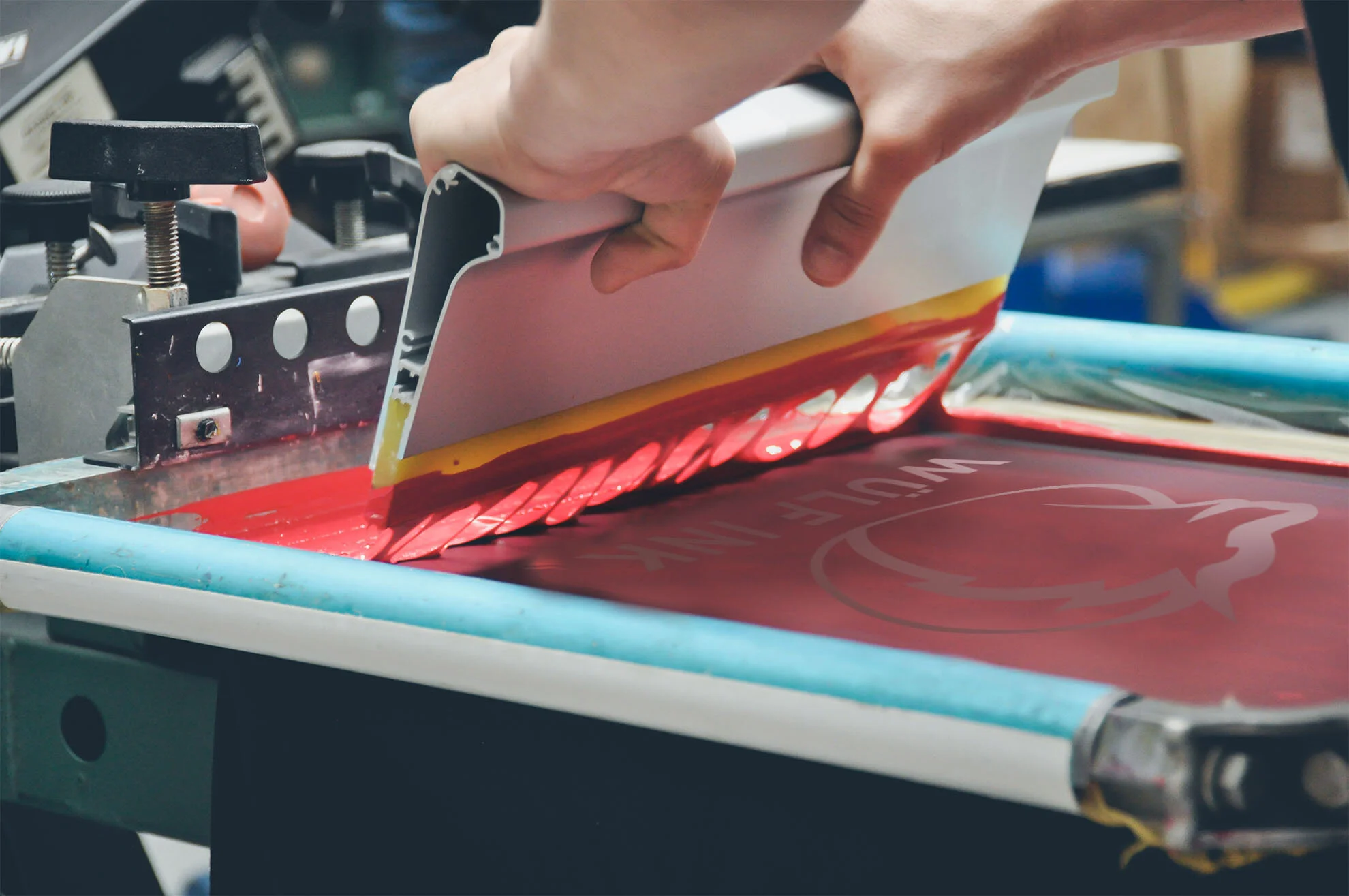Everything about Screenprinting - Michaels
 Dynamic Designs
Dynamic Designs
Printing technique Screen printing is a printing technique where a mesh is utilized to move ink onto a substrate, except in locations made impermeable to the ink by an obstructing stencil. A blade or squeegee is crossed the screen to fill the open mesh apertures with ink, and a reverse stroke then causes the screen to touch the substrate for a short while along a line of contact.
One colour is printed at a time, so numerous screens can be used to produce a multi-coloured image or style. There are different terms utilized for what is basically the same method. Typically, the procedure was called screen printing or silkscreen printing since silk was used at the same time. It is also called serigraphy and serigraph printing.
The most popular mesh in general usage is made from polyester. There are special-use mesh products of nylon and stainless steel offered to the screen-printer. There are also different types of mesh size which will identify the outcome and appearance of the finished design on the product. The poster store at Heart Mountain War Relocation Center was operated by Japanese-American internees who utilized the silkscreen technique to develop info for the entire center (January 1943) Screen printing first appeared in a recognizable kind in China during the Tune Dynasty (9601279 AD).
Screen printing was mainly presented to Western Europe from Asia sometime in the late 18th century, however did not get big approval or usage in Europe up until silk mesh was more readily available for trade from the east and a successful outlet for the medium found. Early in the 1910s, several printers try out photo-reactive chemicals utilized the widely known actinic lightactivated cross linking or solidifying qualities of potassium, salt or ammonium chromate and dichromate chemicals with glues and gelatin compounds.
The Best Guide To What Is Screen Printing — All The Details, In One Frame
This trio of developers would show to change the custom embroidery Jacksonville, FL commercial screen printing industry by introducing photo-imaged stencils to the market, though the approval of this method would take lots of years. Commercial screen printing now uses sensitizers far safer and less harmful than bichromates. Currently, [] there are big selections of pre-sensitized and "user mixed" sensitized emulsion chemicals for developing photo-reactive stencils.
" Serigraphy" is a substance word formed from Latin "sricum" (silk) and Greek "graphein" (to compose or draw). The Printers' National Environmental Help Center states, "Screenprinting is probably the most versatile of all printing procedures. Since simple screenprinting materials are so budget-friendly and easily offered, it has actually been used regularly in underground settings and subcultures, and the non-professional look of such DIY culture screenprints have actually become a considerable cultural visual seen on movie posters, record album covers, flyers, t-shirts, business fonts in advertising, in art work and somewhere else. [] Credit is provided to the artist Andy Warhol for popularising screen printing as a creative technique.
Warhol was supported in his production by master screen printer Michel Caza, an establishing member of Fespa. Sibling Mary Corita Kent gotten international popularity for her vibrant serigraphs during the 1960s and 1970s. Her works were rainbow coloured, consisted of words that were both political, and fostered peace and love and caring.
 dydesigns.net
dydesigns.net
Vasilantone later on declared a patent on his creation in 1967 granted number 3,427,964 on February 18, 1969. The original machine was made to print logo designs and group info on bowling garments, but was soon directed to the brand-new fad of printing on T-shirts. The Vasilantone patent was accredited by multiple producers and the resulting production and boom in printed T-shirts made this garment screen printing maker popular.